- About us
- Support the Gallery
- Venue hire
- Publications
- Research library
- Organisation chart
- Employment
- Contact us
- Make a booking
- Onsite programs
- Online programs
- School visit information
- Learning resources
- Little Darlings
- Professional learning
Sir Percy Spender KCVO KBE QC (1897-1985) was a politician, statesman, diplomat and judge. Spender grew up in Sydney, attending the selective Fort St School and gaining a brilliant arts/economics/law degree from the University of Sydney. After serving in the AIF he was admitted to the bar in 1923. Knighted in 1935, two years later he became the member for Warringah, a safe Liberal seat that he held until 1951. During World War 2 he was Chairman of the Australian Loan Council and the National Debt Commission; he was Minister for the Army and a member of the War Cabinet in 1940-41 and Opposition Member of the Advisory War Council from 1940 to 1945. In 1949, he became Minister for External Affairs, a post he held until 1951. That year, with Spender as front man, the Colombo Plan was signed, committing Australia to provide various forms of aid to a number of South-East Asian nations. Later in 1951 Spender negotiated the signing of the ANZUS Treaty, a formal alliance between Australia, New Zealand and the United States. From Australia’s point of view the ANZUS agreement guarded the nation against future Japanese expansion; the Americans saw it as a safeguard against the spread of communism. Spender was Chairman of the Australian Delegation to the United Nations in 1950 and 1952-1957; during this period, from 1951 to 1958, he was Australia’s ambassador to the USA. In 1958 he joined the International Court of Justice, the Hague; he was President of the International Court from 1964 to 1967. Spender’s books (as well as his ten honorary doctorates) indicate the breadth of his intelligence and experience. They include Company Law and Practice (1937); National Credit: What it means in plain English (1940); Australia’s Foreign Policy: The Next Phase (1944) and Exercises in Diplomacy: the ANZUS treaty and the Colombo Plan (1969). His autobiography, Politics and a Man, was published in 1972; his life is also described in Ambassador’s Wife by Lady Jean Spender (undated) and David Lowe’s Percy Spender and the American Century (2002).
Collection: National Portrait Gallery
Gift of Mrs Lily Kahan 2006
Donated through the Australian Government's Cultural Gifts Program
© Louis Kahan/Copyright Agency, 2024
Lily Kahan (52 portraits)



On one level The Companion talks about the most famous and frontline Australians, but on another it tells us about ourselves.
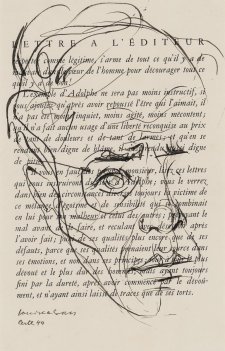
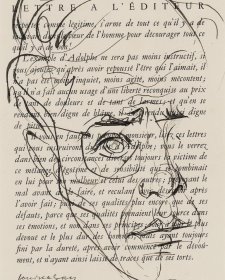
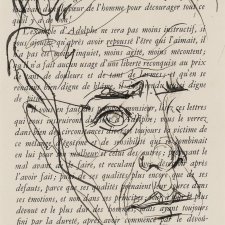
Sarah Engledow on a foundational gallery figure who was quick on the draw.
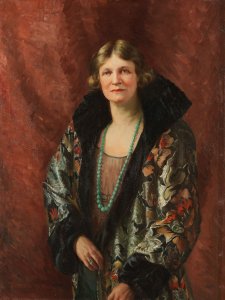
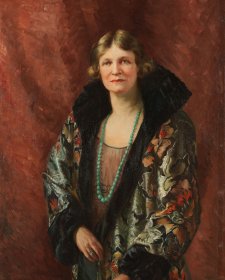
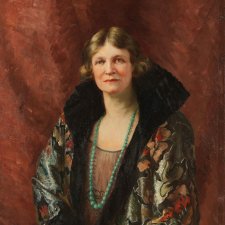
Penelope Grist explores the United Nations stories in the Gallery’s collection.